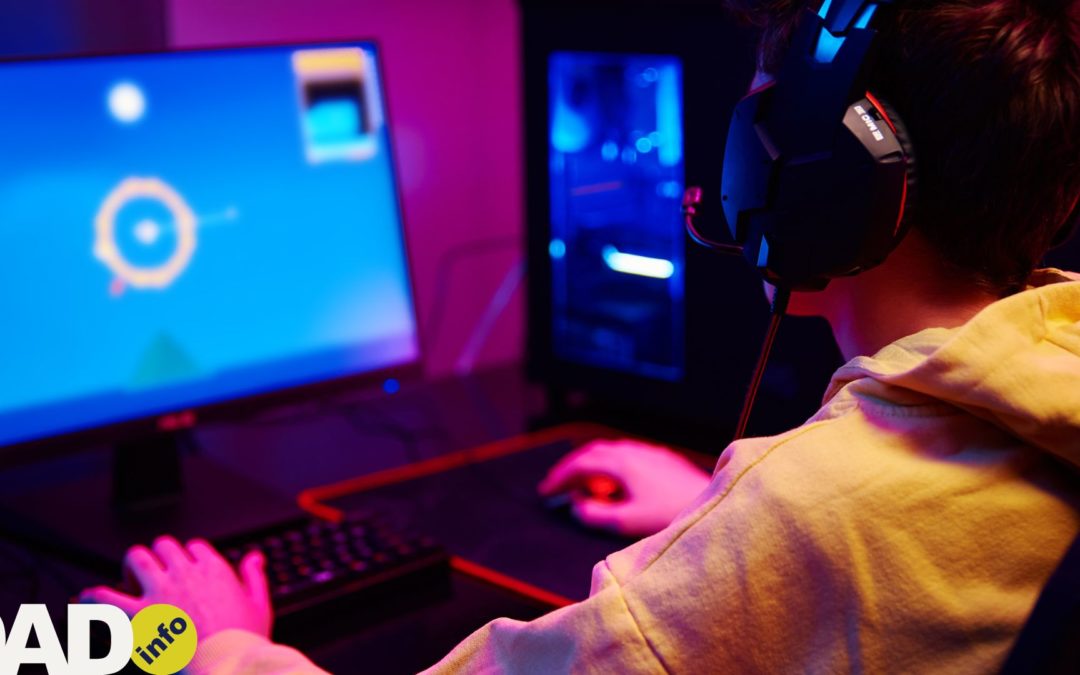Aching muscles may be an accepted consequence of trying to stay in shape, but one side effect is never welcome – skin problems…
A recent survey has show that over half of men (58%) experience some kind of skin complaint as a result of exercising. Around four in ten men complain of skin flushing or stinging skin, a similar number to those complaining of muscle soreness. Flushing and redness usually subsides during the workout’s cool-down, but for many it can remain, and this could be a sign of chronic skin condition rosacea.
Spotting rosacea
- Episodes of excessive skin flushing (initial primary symptom)
- Burning and stinging sensations in the face
- Permanent redness of the skin on the face
- Spots
- Small blood vessels in the skin can become visible
- In severe cases, skin can thicken around areas of the face eg: the nose
- Occasionally rosacea can also appear on the chest, ears, neck, or scalp, and can also affect the eyes, leading to irritation
The causes
The cause of rosacea is not totally understood and the condition often relapses, however there are a number of recognised triggers which can lead to flare ups
-
Consumption of alcohol, caffeine, hot beverages, spicy foods, and medicines (eg vasodilators) can all trigger flushing
- Over exposure to sunlight
- Stress
- Strenuous exercise
- Extreme changes in temperature eg cold weather, wind and heat
- Hormonal changes such as the menopause
- Chronic long term medical conditions like hypertension
Managing the issue
- Minimise sun exposure and use a high sun protection factor cream (SPF).
- Stress is the second most reported trigger of rosacea. Those affected should consider low intensity exercise and relaxation techniques such as yoga and meditation to help minimise stress.
- Avoid food and drink triggers such as spicy food and excessive alcohol consumption.
- The face should be protected from cold weather with a scarf, snood or balaclava.
- Maintain a gentle skincare routine by avoiding astringent or alcohol based cleansing products and using products designed for sensitive skin.
- A doctor may prescribe topical creams or gels such as metronidazole, oral antibiotics and severe acne treatments such as tetracyclines. These are not recommended for mild to moderate symptoms such as flushing and redness.
- Laser and intense pulsed light (IPL) treatment or camouflage make up can be used to help minimise redness and visible blood vessels in some cases. Surgery may be considered as an option where rosacea causes severely thickened skin requiring reconstruction.
- A barrier treatment cream such as Dermalex Rosacea (£18.99, 30g, most pharmacies) can help treat rosacea topically. It works by helping to restore the thick upper layer of skin, thus reducing flare ups while protecting, calming and moisturising the affected areas. An added green pigment reduces the appearance of redness to boost self confidence.








